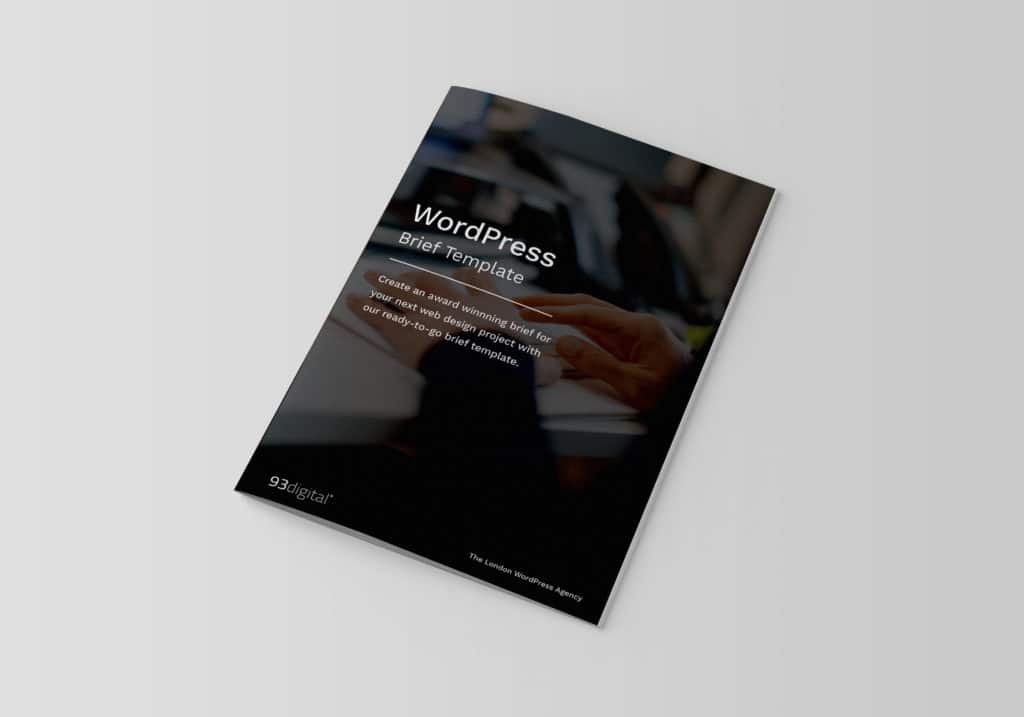Google’s New Cookie Update: What it Means for Marketers

With Google having started the year by launching the first step in their plan to block third-party cookies in Chrome, now is the time to act. Dealing with cookies, browser changes and making sure you have a strategy in place to mitigate impact on your advertising performance may not be the most exciting start to the year, but it is imperative.
Below, we detail everything you need to know about Google’s plans for cookies in Chrome and our recommendations to lessen the impact.
What Are Cookies?
First of all, starting with a refresher on cookies, feel free to skip this part if you’re a cookie savant. For the rest, keep reading…
Cookies are small pieces of text stored in your browser by a website you visit, this helps the website remember information about your visit.
For example, the use of cookies helps websites remember what items you have in your shopping basket, whether you are logged in from one page to another, and other preferences that make sites more helpful to you.
Cookies can also be used for website tracking, counting how many times you’ve visited the site and even tracking you from one site to another. This later usage, tracking you from one site to another, is where it becomes necessary to understand the difference between third and first-party cookies.
| First-Party Cookies are set by the website you are visiting, created and managed by the website directly. They are commonly used to store information such as user preferences which are used to enhance the user experience during subsequent visits to the same website. Third-Party Cookies are set by a domain that is different to the domain of the site being visited. For example a cookie set by facebook.com when visiting the site example.com would be a third party cookie. |
While first-party cookies can only be read by the website that created them while you are on that website, third-party cookies can be read by the creator, no matter which website you are visiting. Continuing with our example to illustrate this: the third party cookie set by facebook.com when visiting example.com can be read by Facebook when the user visits another website; it is through this method Facebook can track users across the web.
Why Is Google Blocking Third Party Cookies in Chrome?
Put simply: privacy.
By phasing out third-party cookies Google hopes to respond to privacy concerns and avoid regulatory action against them. This is something Safari and Firefox have already implemented.
Google’s actions are part of a larger strategy in Chrome of creating a privacy sandbox with open standards for tracking users while protecting their privacy; this has taken some time to put into place while satisfying the EU Commission and the UK’s Competition and Markets Authority.
What is the Potential Impact?
To address any fears, these changes won’t impact your website analytics as provided by Google Analytics, Adobe Analytics, or similar, as these platforms use first-party cookies.
The negative impact of these changes will be mostly felt within your ad performance; specifically within conversion tracking, audience building and remarketing. The move away from third party cookies will have a significant impact on how we approach digital ad campaigns moving forward.
Remarketing
Remarketing by definition requires knowing which users visited your website when they are browsing elsewhere; something that predominantly relies on third-party cookies.
At face value this means remarketing will no longer work to your site visitors that use Chrome.
To mitigate this (and protect their $200 billion ad sales revenue) Google has developed a new method of targeting cross-site users named Protected Audience API which works in Chrome. While this may eventually stand as replacement for the ease of retargeting that we are used to, at present this is yet to be seen and uptake from non-Google ad platforms has been slow so far.
As a result, we expect your remarketing audience size to reduce on the rollout of third-party cookie blocking. The smaller size of these lists may lead to fluctuations in performance, notably the cost of reach and conversion rates.
This presents the need to pivot toward first-party remarketing lists ahead of Q3 2024. Introducing these lists now will ensure we can slowly move away from the reliance on third-party sources, negating the impact of full removal from Q3 2024.
Conversion Tracking
Most ad platforms have evolved to offer a method of conversion tracking using first party cookies, yet as this is in most cases offered alongside third-party cookie tracking it doesn’t automatically mean your conversion tracking is making use of first party cookies.
Using first party cookies for conversion tracking will allow your click-through conversion tracking to continue unabated, view-through conversions on the other hand rely on third party cookies and will be negatively impacted.
Without third party cookies ad platforms cannot track users from one site to another and by extension cannot tie views of an ad on one domain to conversions taking place elsewhere.
One method ad platforms are using to work around this is where users are logged-in, for example logged into the browser, into Facebook or LinkedIn. They then use this logged in user behaviour to model behaviour for all users, using machine learning to calculate an estimated view-conversion. Essentially a best guess.
Audience Building Capabilities
Our third area of negative impact is that on the ability to build audiences.
Behavioural audiences use data from third party cookies to find users with similar interests and behaviours to pre-existing audience lists. This is the foundation of building ‘Lookalike Audiences’ which can be a powerful tool in generating efficient reach.
No longer being able to use third-party cookies to build databases of audience likes and interests as they browse the web, ad platforms are having to look to other methods of capturing this information.
Google is developing a system within Chrome to assist ad platforms with this challenge, but again uptake is slow and likely to face challenges from regulators. At the same time LinkedIn have discontinued the use of look-a-like audiences and are moving advertisers towards Predictive Audiences.
One thing is clear here, we will be seeing a lot more use of AI and machine learning to build audiences from a smaller pool of ‘known’ user behaviour. Therefore the commercial success of your audiences will be dependent on the size of this known pool – the larger the pool the less guess work the AI will need to make.
As with remarketing audiences leaning into first-party data collection and using this within the ad platforms to generate your audiences will allow you to reduce the impact, maintain performance and give you an advantage over the competition.
What Next For Your Marketing Campaign?
While the impending cookieless era presents challenges, it also opens up new avenues for smarter, more direct audience engagement. Here’s how Clarity can guide you through this transition:
In-Platform Data: What we’re doing already to guide our clients in this transition is to capitalise on first-party data. This allows us to maintain remarketing strategies across all major platforms and allow us to continue to track campaign performance accurately.
Contextual Advertising: With the removal of third-party cookie based audiences, a smart move is to revert back to marketing fundamentals: knowing who your audience are and where to find them. Ad platforms still allow us to utilise Placement Targeting, allowing us to pick specific websites and locations in which to display ads.
So rather than relying on ad platforms algorithms to define where you advertise, take back control and advertise where it is contextually relevant. There is a growing body of research showing performance benefits of contextual over behavioural targeting so you may find the end of third-party cookies a performance blessing in disguise.
And to finish, here’s a few further suggestions you could use to thrive in this transition…
Audience Reach Analysis: Transitioning away from cookie-based targeting doesn’t mean losing your audience reach. In fact, it’s an opportunity to refine it. Our ‘Audience Reach Analysis’ product leverages a diverse panel of over 90 million individuals, allowing us to map out where your audience is engaging across various platforms – be it websites, social media, podcasts, or press. This service ensures you’re not just casting a wide net, but a smart one, precisely where your audience exists.
Lookalike Growth: Identify and target audiences similar to your existing customer base, amplifying what already works.
Category Growth: Discover and engage with potential audiences outside your current market, unlocking new growth opportunities
Message Testing: Optimise your key landing pages through targeted message testing, ensuring your communication resonates with your audience.
Featured image: Sara Sperry on Unsplash
Let’s Talk
Do you have a web design and build project coming up that you would like to talk about?

How to brief a website agency for maximum results

Examples of a Website Design Brief (with free brief template)
Let's Talk
Do you have a web design and build project coming up that you would like to talk about?